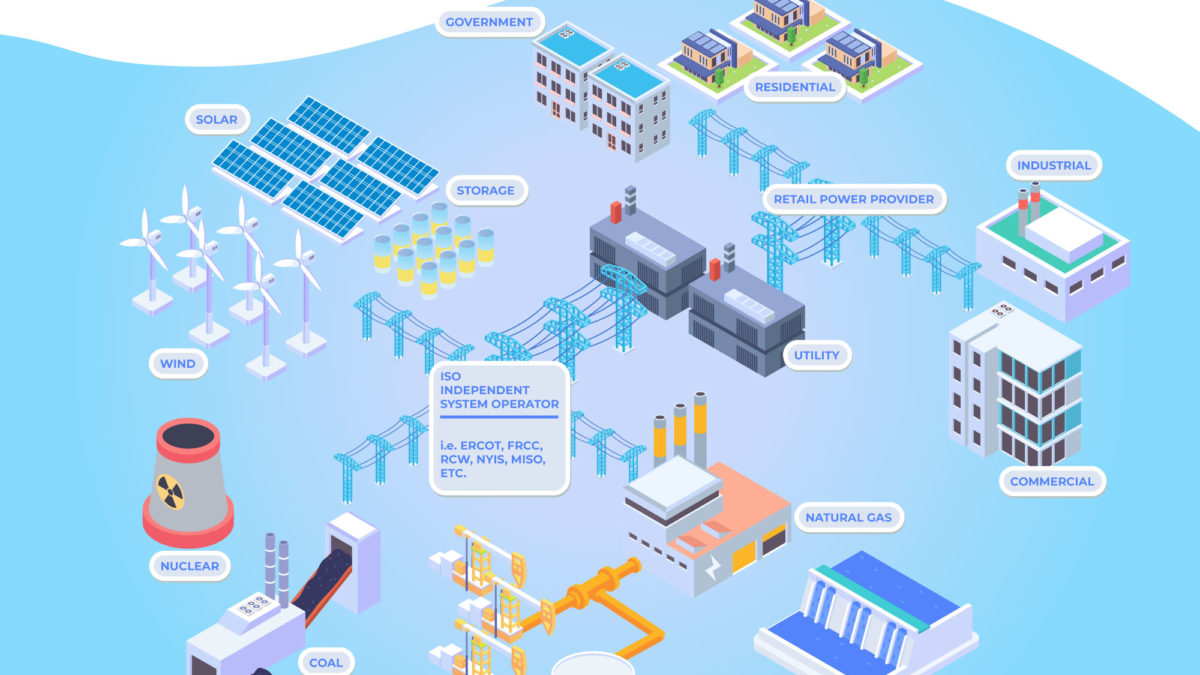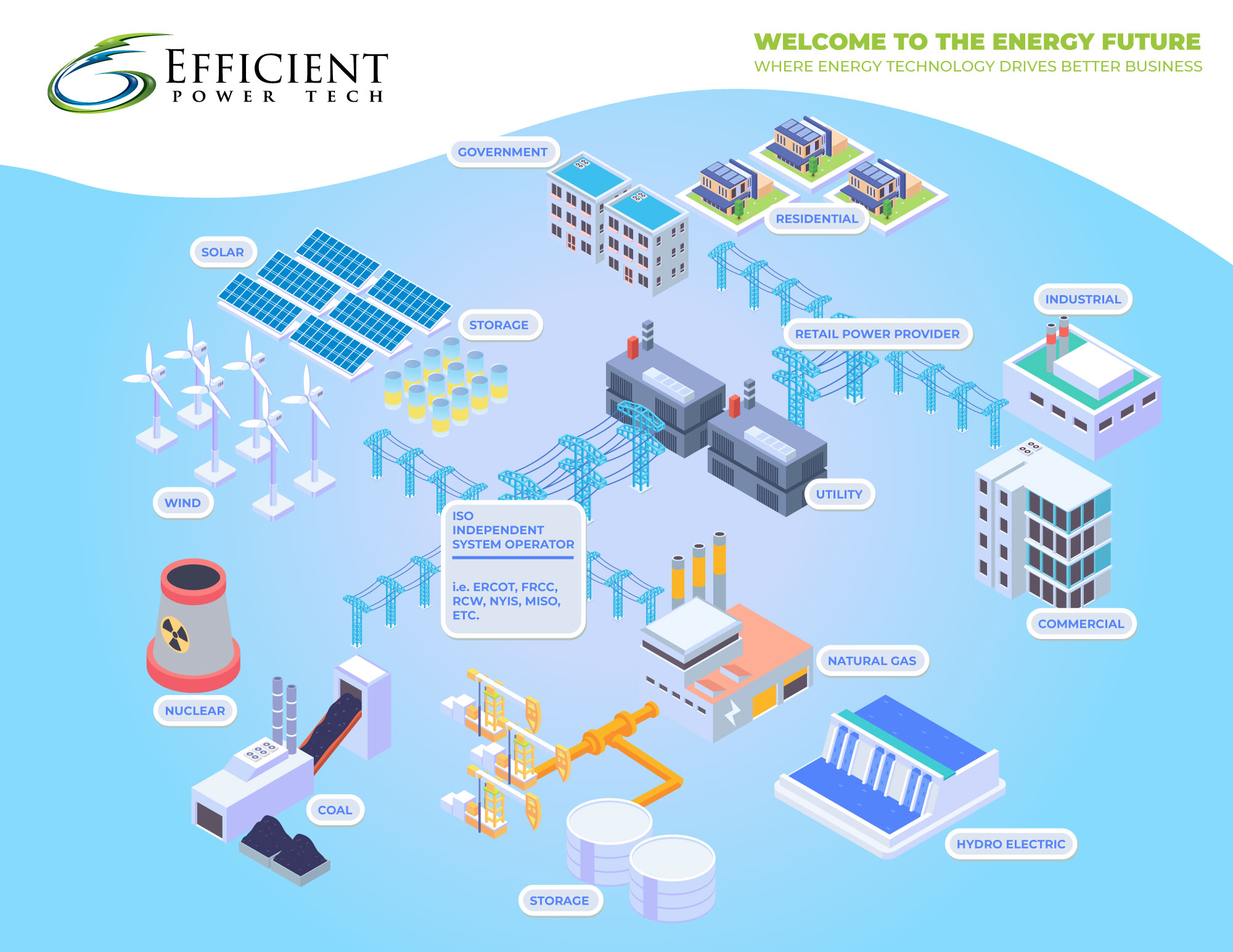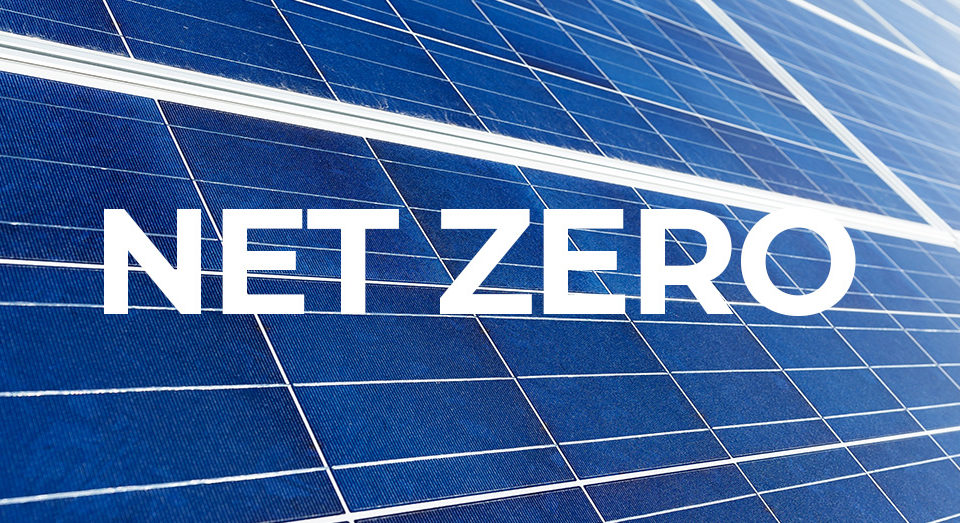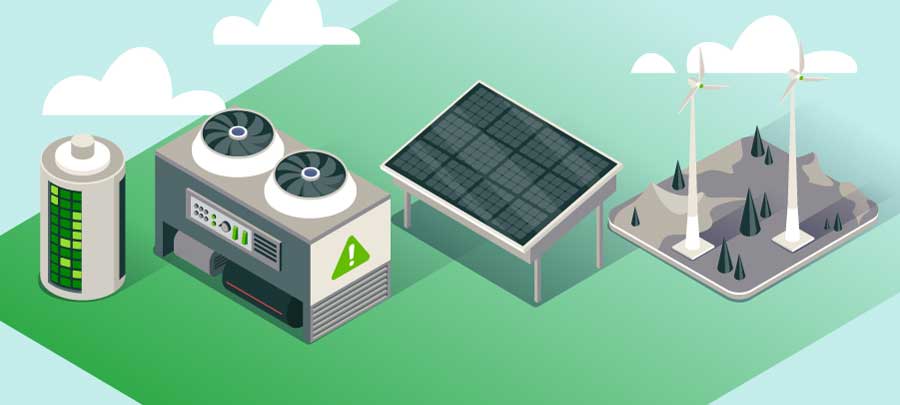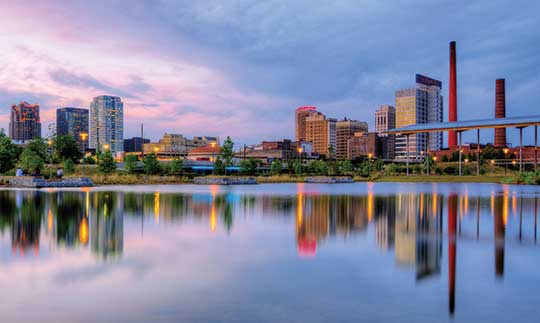
Demand Side Energy Management
March 16, 2021
Efficient Power Tech welcomes Jim Robertson who will serve as the Company’s Director of Engineering and Operations
May 12, 2021Understanding the Power Grid
The power grid is a network of power generation plants, transmission wires, utility providers, individual consumer distribution lines, and customers. Sometimes electricity is carried hundreds of miles to be distributed to homes, industrial plants, government facilities and offices. Parts of this network are more than a century old -- 70 percent of the grid’s transmission lines and power transformers are over 25 years old, and the average age of power plants is over 30 years old.
There are 450,000 miles (724,205 kilometers) of high-voltage power lines and 160,000 miles (257,500 kilometers) of overhead transmission lines in the United States connecting electrical power plants to homes and businesses [source: DOE]. Since large amounts of energy cannot be stored, electricity must be produced as it is used [source: EIA]. The power distribution grid must respond quickly to shifting demand and continuously generate and route electricity to where it's needed the most.
Power sources are varied by location. Natural gas, coal, nuclear, hydro, wind, and solar all produce electricity used in the grid. Public Utility Commissions (PUCs) are the state-appointed committees that regulate the power sources and the utility companies. An Independent System Operator (ISO), like ERCOT, is an independent and federally regulated entity that coordinates regional transmission to ensure non-discriminatory access to the electric grid and a reliable electricity system. These ISOs help to maintain transmission so that the power grid does not fail. They do this by increasing and limiting the supply and demand.
Electricity must be kept at constant levels when traveling through the grid in order to have successful transmission. Transformers are used to take low voltage output from a power generation source and convert it to be able to travel through high voltage transmission lines. Then the electricity is transformed again for use by customers to a lower voltage. Each step in the chain must maintain a reliable level of electrical current or the transmission will fail.
Customers are also part of the grid. Customers are generating their own power in micro grids and distributed energy resources (solar, wind, geo thermal, etc.). By taking part in the creation of power customers can add to the reliability of the grid and create their own power resiliency.

